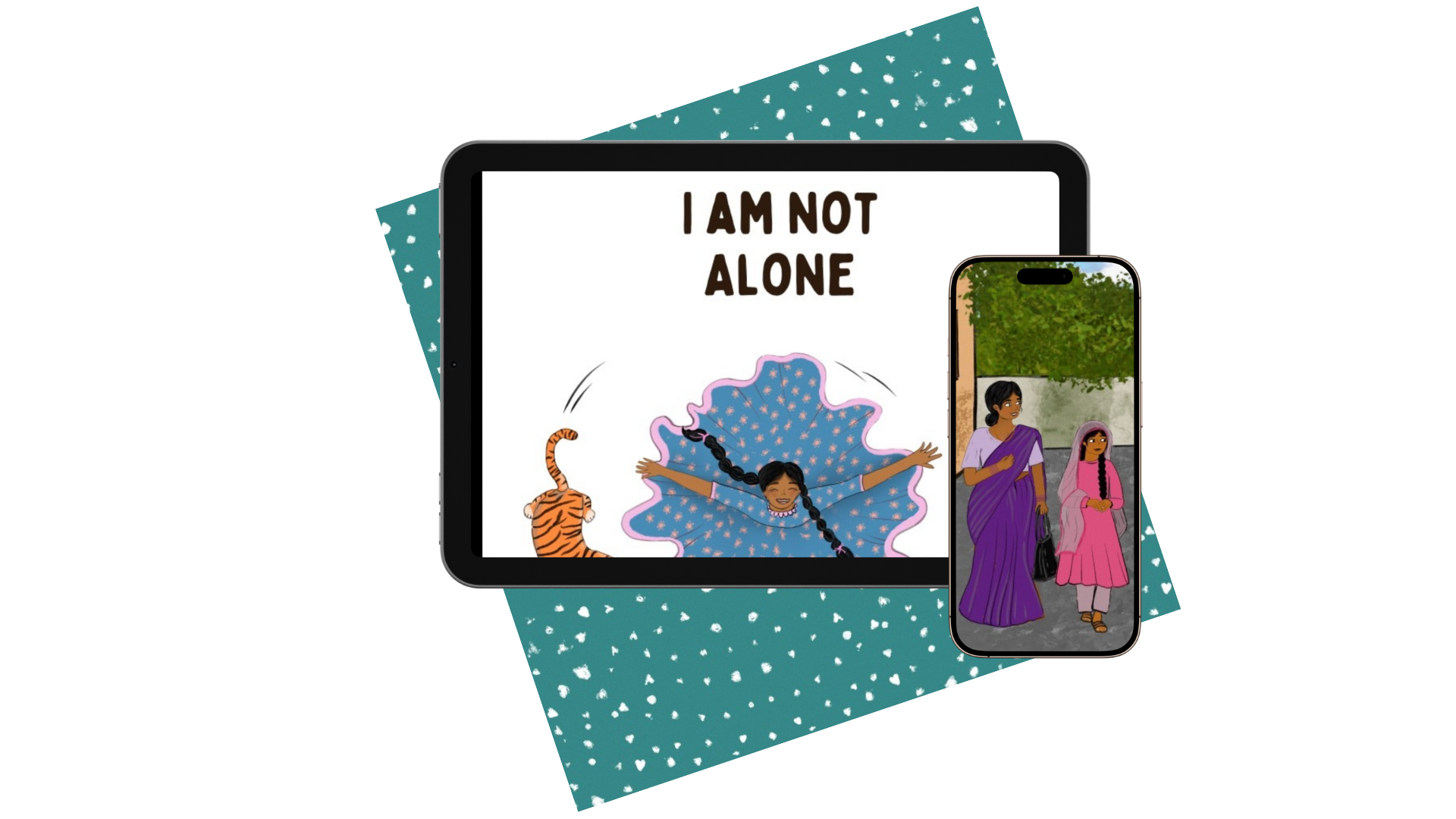
RESTORING HOPE BLOG
children's lives transformed, cycles of poverty broken, and opportunities before us
3 Biggest Myths of Global Orphan Care
When was the last time you had a “paradigm shift?” Something where the very basics about a concept or situation or problem were completely turned around, hopefully closer to the truth that’s always been there.
The global orphan care community (consisting of governments, NGOs, organizations, and faith-based groups—predominantly Christian ministries) has recently experienced a paradigm shift in how to best care for orphans.
Below I want to address the three biggest commonly-held assumptions and beliefs (myths) about orphan care that helped lead to this paradigm shift.
As you read, consider if you’ve ever held to these ideas, or maybe still do right now. And then check out how Restoring Hope is addressing them on the ground in South Asia.

MYTH #1: MOST CHILDREN IN ORPHANAGES HAVE NO LIVING FAMILY
The Reality: This is sometimes referred to as the “Little Orphan Annie” perspective, and is one of the most widespread myths. The vast majority of children in any type of institutional care, often estimated to be around 80-90%, have at least one living parent or another relative who would like to care for them. Separation from families in these situations is not because of a lack of family, but because of poverty, no access to education or healthcare, or other crises.
The Restoring Hope Reality: When we examined our church-based orphan homes in 2017, indeed we found that 77% of our Restoring Hope children did have at least one living parent, and more than 90% had one living relative who could be caring for them if circumstances were improved. The process of learning how to reunify our children with their families, with social workers overseeing the process, started soon after this.
MYTH #2: ORPHANAGES ARE THE BEST OR ONLY WAY TO CARE FOR CHILDREN WHOSE PARENTS CAN’T CARE FOR THEM
The Reality: Decades of research have shown that institutional care, no matter how well-intentioned, is harmful to a child's development. Children in orphanages or other institutional settings often suffer from developmental delays, attachment disorders, and other long-term psychological and physical issues. The lack of individual attention and consistent, loving relationships in an institutional setting can have lasting negative effects. Family-based care, such as family reunification, foster care, or adoption, is the gold standard for providing a safe and nurturing environment for a child.
The Restoring Hope Reality: Even in our “family-style” church children’s homes from 2008–2019, we knew that unnecessarily separating a child or young adult from a loving parent or care-giving relative was wrong. But it took a whole movement across the globe to help us consider this paradigm shift. Now, we’re happy to say, we are part of helping other organizations and ministries on the ground in South Asia consider the best practices of orphan care, and what this care looks like in light of God’s own heart for family.
MYTH #3: IT’S BETTER FOR A CHILD TO BE IN AN ORPHANAGE THAN LIVE IN POVERTY WITH THEIR LIVING FAMILY
The Reality: This one is really tempting to believe, especially if that “orphanage” is just a small church or another residence that doesn’t feel institutional or impersonal. While poverty is a severe problem, separating a child from their family to live in an institution causes more profound and long-lasting, personal and emotional harm than the challenges of poverty. A child's deepest needs—for connection, identity, and love—are best met within a family. Addressing the root causes of poverty through community support is a more effective and humane solution.
The Restoring Hope Reality: This is where the Restoring Hope model of “family-based, church-assisted” orphan care really shines. We asked ourselves, “How can the church support the caregiving family, not just the child, in our best practices of orphan care?” Now Restoring Hope has a team of 12 social workers and 75 pastor couples working together to help 800 orphaned and vulnerable children and their biological families overcome childhood tragedy and loss for a future that is filled with possibility and hope.
IN CLOSING
We have found in our two decades of orphan care that a lot of educating that needs to be done for ourselves, our on-the-ground pastors and staff, and, yes, even our partners who want so much to help in the most effective manner possible. And we're glad to say we've come a long way, and are now training others in South Asia on best practices of caring for orphans and other vulnerable children.
If you'd like to help care for orphans in the very best ways possible, consider a special donation to Restoring Hope today. Your gift will help empower 800 such children to remain with their biological families, and break free from generational cycles of poverty.
Get our children’s e-book FREE
when you sign up to get stories like these delivered to your email!
GET THE E-BOOK
Don't worry; we won't spam you, and your information is kept private.




